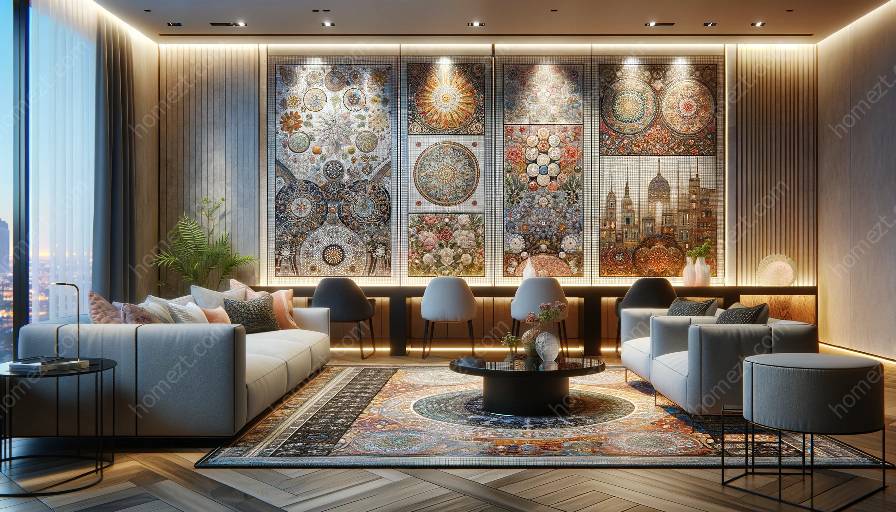From ancient Rome to modern interior design, mosaics have been a celebrated form of artistic expression for centuries. The intricate and captivating designs are not only a form of artwork but also a stunning addition to home furnishings, adding a touch of elegance to any space.
History of Mosaics
Mosaics trace their origins back to ancient Mesopotamia, as early as the 3rd millennium BCE. However, it was the Greeks and Romans who truly elevated the art form to new heights, using mosaics to decorate their homes, public buildings, and even tombs. The intricate patterns and vibrant colors of ancient mosaics continue to inspire artists and designers to this day.
Techniques and Materials
The creation of a mosaic requires meticulous skill and attention to detail. Traditional techniques involve arranging small pieces of colored glass, stone, or ceramic, known as tesserae, to form a pattern or image. The materials used can vary depending on the desired effect, with options ranging from traditional Venetian glass to modern recycled materials.
Mosaic Artwork
Today, mosaics are celebrated in the art world for their versatility and aesthetic appeal. Artists use this medium to create intricate murals, abstract designs, and even three-dimensional sculptures. The use of mosaics in public art installations and galleries is a testament to its enduring popularity and relevance in contemporary art.
Mosaics in Home Furnishings
From kitchen backsplashes to bathroom accents, mosaics have found a place in contemporary home decor. The timeless beauty of mosaics can transform ordinary spaces into extraordinary showcases of creativity. Whether incorporated into furniture, lighting fixtures, or wall art, mosaics bring a unique touch of elegance and character to any living space.
Contemporary Applications
Modern designers and architects continue to explore the creative possibilities of mosaics in interior design. Mosaic tiles are used to add visual interest and texture to floors, walls, and even ceilings. The use of mosaics in contemporary architecture extends beyond decorative elements, with innovative applications in sustainable design and urban revitalization projects.
Conclusion
As one of the oldest and most enduring art forms, mosaics continue to captivate and inspire audiences around the world. Their seamless integration into both the art world and home furnishings makes them a timeless and versatile expression of creativity. Whether as a standalone artwork or an integral part of interior design, mosaics enchant with their beauty and history, leaving a lasting impression on all who encounter them.



















